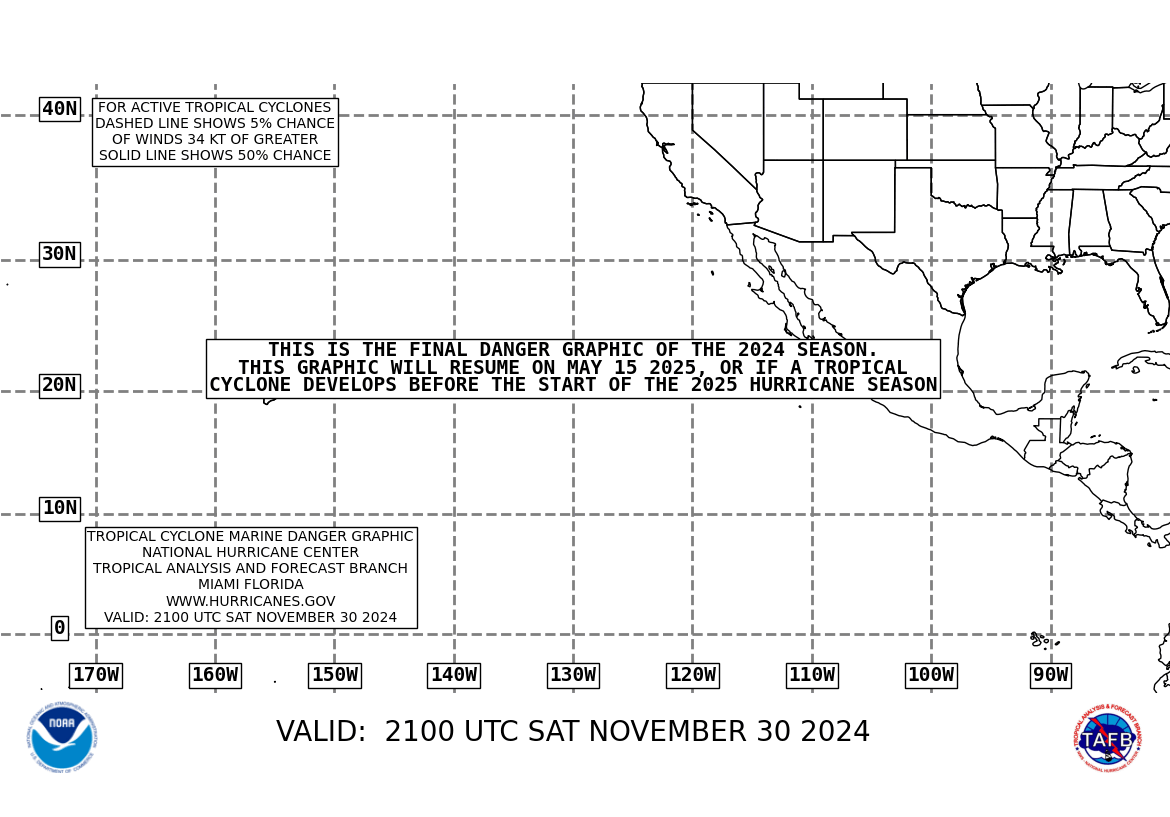Shell and Statoil have signed an agreement to work towards developing the world’s largest project using carbon dioxide (CO2) for enhanced oil recovery (EOR) offshore. The concept involves capturing CO2 from power generation and utilising it to enhance oil recovery, resulting in increased energy production with lower CO2 impact.
The project, which could eventually cost up to 1.2b Euro, consists of a gas-fired power plant and
methanol production facility at Tjeldbergodden in mid-Norway, providing CO2 to the Draugen and Heidrun offshore oil and gas fields. Power from the plant will also be provided to the offshore fields, enabling near zero CO2 and nitrogen oxide emissions from these installations. The various elements of the project will be phased in between 2010 and 2012.
Establishing this CO2 value chain is technologically and commercially challenging and according to the companies will depend on substantial government funding and involvement. The project will also rely on the involvement of industrial stakeholders and electricity users in the region.
The project is in line with international and national climate aspirations and responds to the important challenges of increasing energy supplies and addressing the related CO2 emissions and will contribute to long-term power balance in mid-Norway. At the same time it secures stable power delivery to industry producing vital hydrocarbons for Europe. The project could
potentially store approximately 2–2.5m tonnes of CO2 annually in two different fields.
“This is an important milestone for Shell towards our vision for greener fossil fuels with part of the CO2 captured and sequestrated underground,” noted ceo Jeroen van der Veer.
“Our aim is to establish a broad partnership in order to realise this ground-breaking project. This CO2 project responds to vital future challenges facing society, the environment and the industry,” said Statoil ceo Helge Lund.
Since 2004, his company has played a key role on the technical committee of a 17-nation group working to compile a list of technology projects which can help to reduce CO2 emissions.
The Carbon Sequestration Leadership Forum (CSLF) maintains that improving energy efficiency and using renewable energy are not enough to fulfil the Kyoto protocol. Capturing and storing CO2 could be required in addition, according to the group – which includes Norway among its members. The other participants are the USA, Canada, Brazil, Mexico, Colombia, South Africa, India, China, Japan, Australia, Russia, Germany, France, Italy, the UK and the European
Commission. In addition to coordinating member efforts to develop carbon sequestration technology, the CSLF is seeking to harmonise national regulations on this issue.
A 30-50 year plan
Meanwhile, the International Energy Agency (IEA) has published a 252-page study entitled Prospects for CO2 capture and storage. The study sheds light on the economic potential for CO2 capture and storage (CCS) over the next 30–50 years using the energy technology perspectives (ETP) model, a quantitative optimisation model developed by the IEA. It assesses the prospects for CCS technologies based on the energy resources, regional and sectoral shifts in global energy demands and modification in energy technology portfolios. It compares CCS with other emission mitigation options and identifies key issues and uncertainties that should be considered in relation to CCS and its use as a CO2 emission mitigation tool.
In terms of the challenges ahead and priorities for action, the study focuses on nine points.
Firstly, a five-fold increase in funding for research, design and development (RD&D) on CCS will be needed to prepare the necessary technologies for full-scale commercial introduction within 10–15 years.
Secondly, in terms of capture technologies, the IEA says that RD&D efforts should focus on innovative capture technologies with high efficiencies and low cost. Special attention should be given to the integration of CCS into new power plant designs. At least several more projects are needed to demonstrate CO2 capture on a commercial scale. Finding sufficient funds for
such projects will, says the IEA, be a significant challenge and some investors might wish to proceed immediately to commercialisation.
The study’s third point is that a new generation of highly efficient coal-fired power plants is
being developed and introduced, but that it will take them decades to conquer the market. This means that only synchronous development of a new generation of plants and CCS technologies will lead to CCS market introduction within 10–15 years. This also means that work should continue on all capture options such as CCS with steam cycles, including oxy-fuelling, and CCS for gasification cycles.
The fourth point concerns storage. Sufficient proof of storage permanence is essential for any credible CCS strategy and for public awareness and acceptance. As a first step, RD&D should focus on CO2 projects that enhance fossil fuel production and on those which advance knowledge on sub-sea underground storage, and aquifer storage in locations with low population density. Stakeholder processes for reviewing, commenting and addressing concerns should be built into all pilot projects. Procedures for independently verifying and monitoring storage and related activities should also be established.
Fifthly, to facilitate the acceptance of CCS by the general public, industry decision makers, and policy makers, it will be necessary to make available and broadly disseminate the results of RD&D projects.
The IEA’s sixth point is that given the controversial nature of oceanic storage, CO2 storage efforts should primarily focus on underground options, both offshore and onshore.
The next point is that further investment in CCS, including demonstration projects, is hindered in some countries by uncertainties over the lack of appropriate legal and regulatory frameworks. Countries should create an enabling legal and regulatory environment for national CO2 storage projects. In the interests of time, and given the diversity of institutional set-ups and regulations between countries, working at the national level using existing frameworks may be the best short-term option.
Penultimately, the IEA says that contracting parties to international instruments should be proactive in clarifying the legal status of CO2 storage in the marine environment, taking into consideration their objectives to stabilise CO2 in the atmosphere.
Finally, in addition to the acceleration of RD&D funding, countries should create a level playing field for CCS alongside other climate change mitigation technologies. This includes ensuring that various climate change mitigation instruments, including market-oriented trading schemes, are
adapted to include CCS.



















